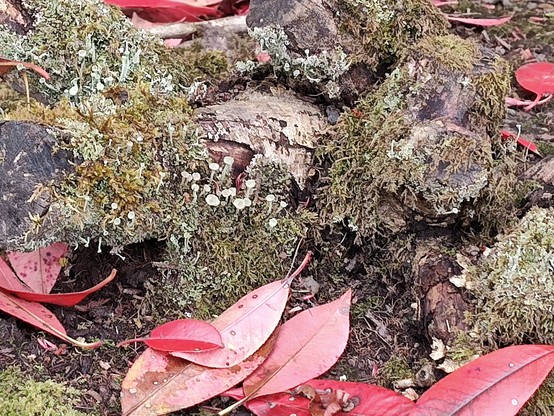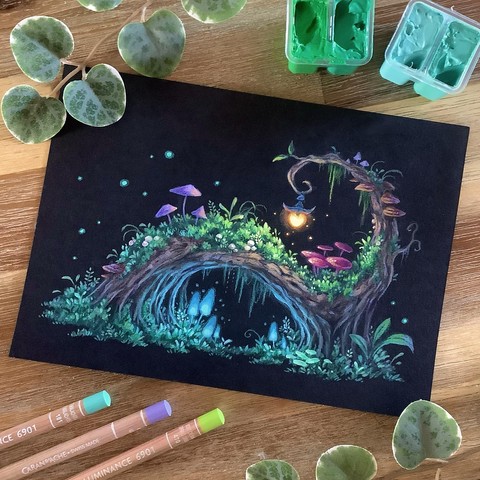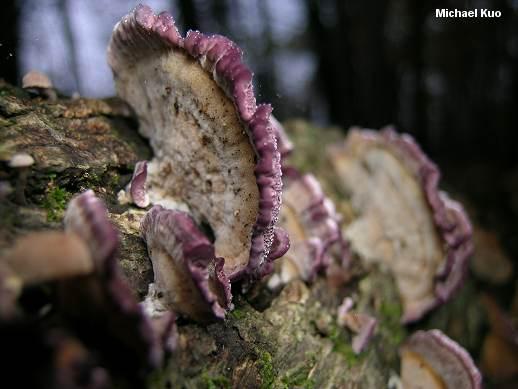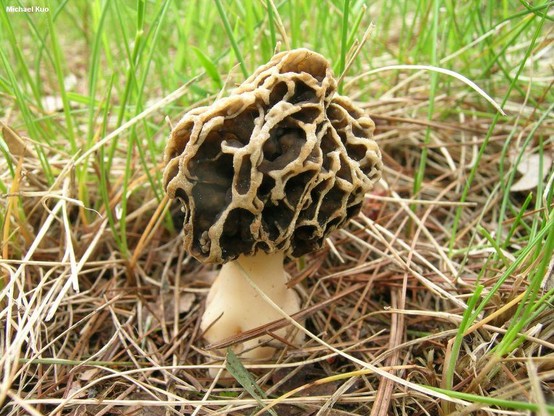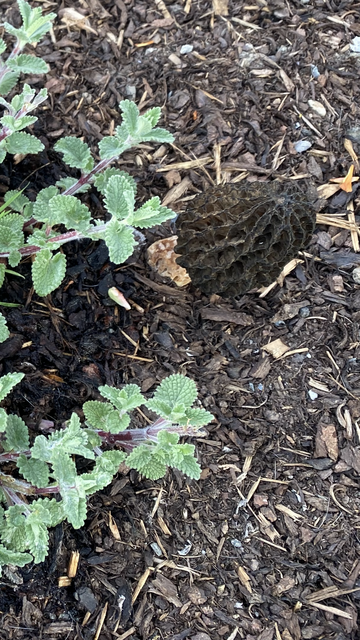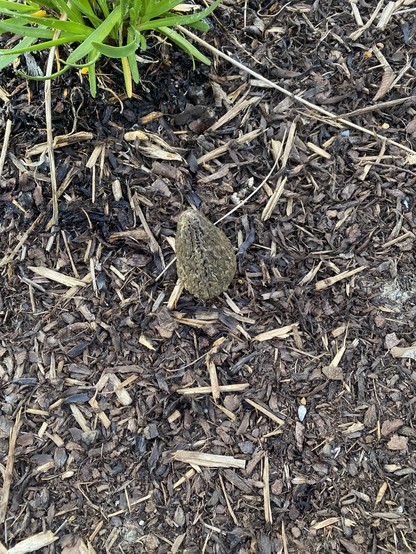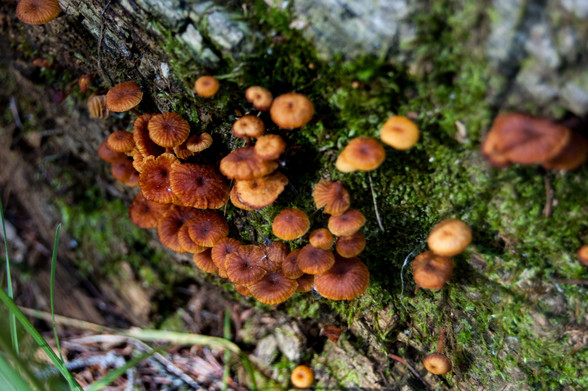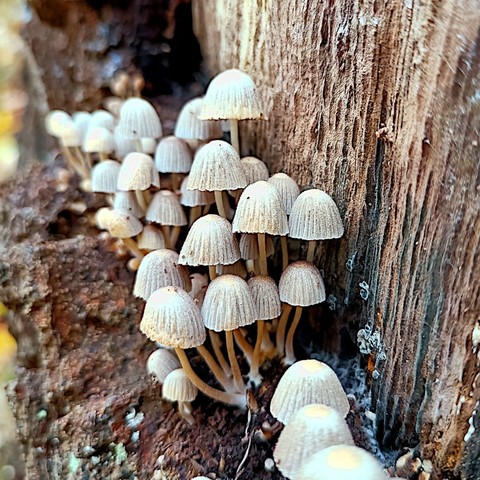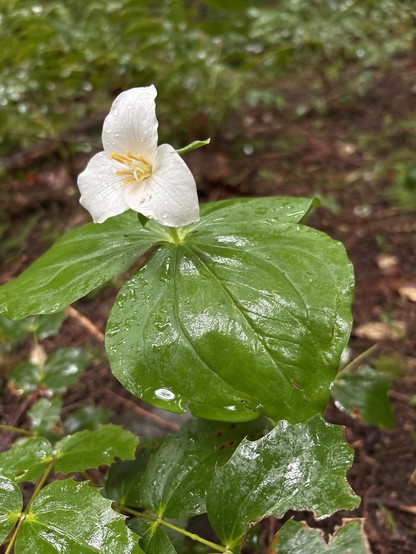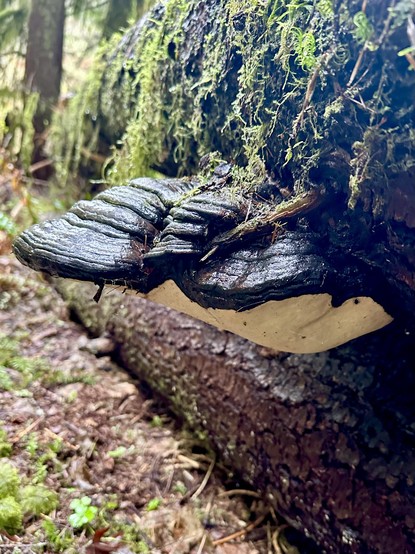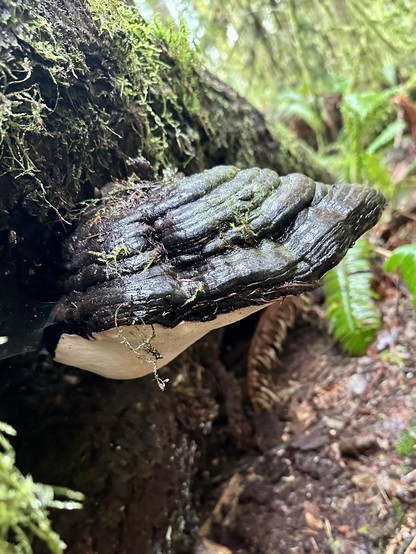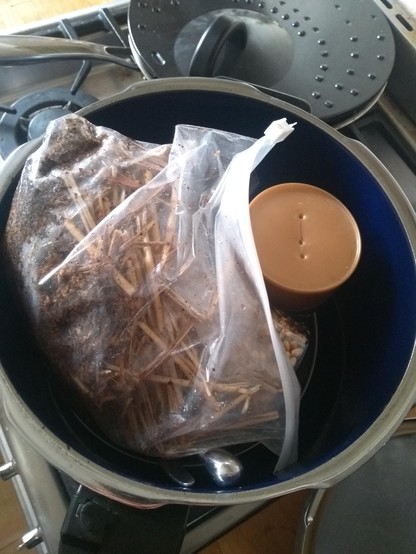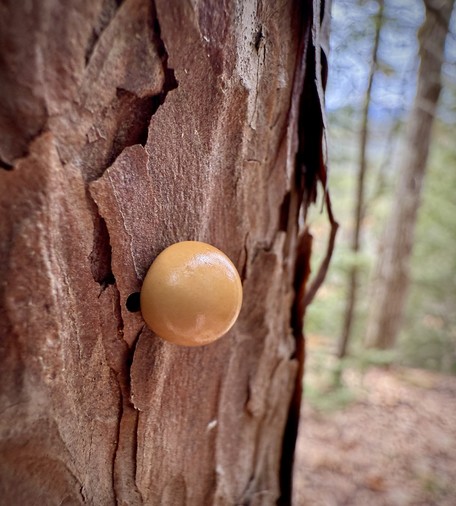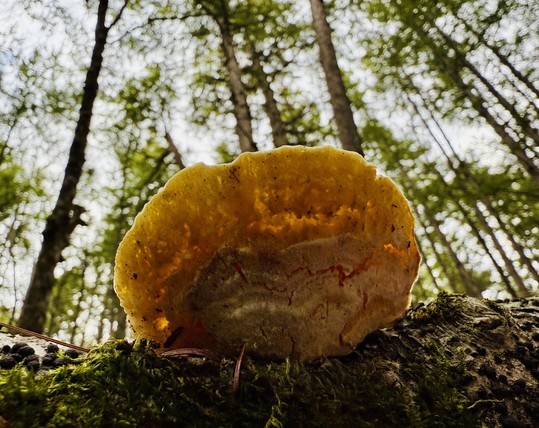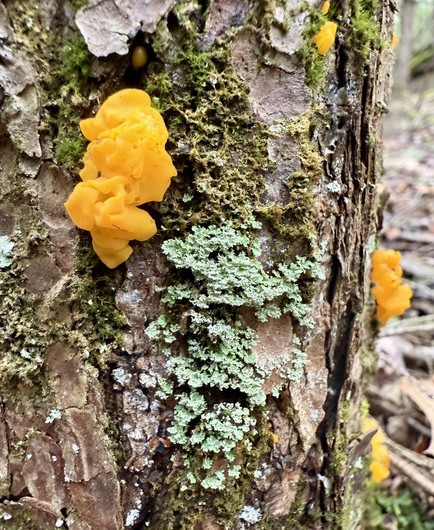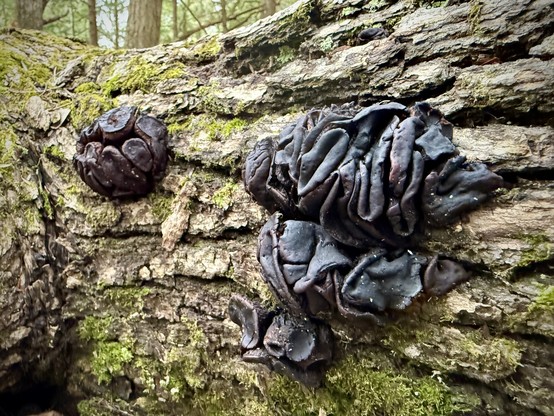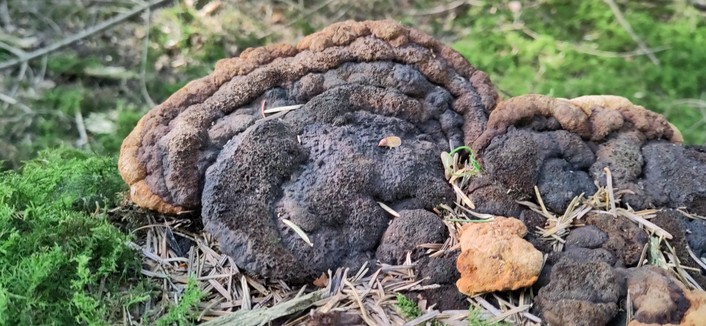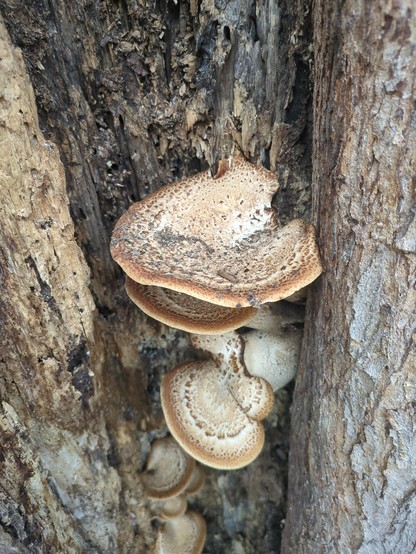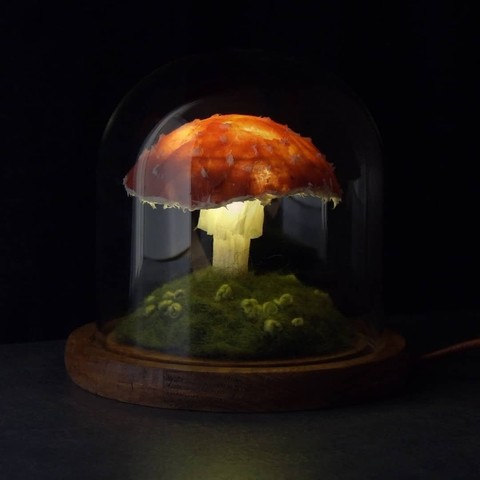Saw some moss today and wondered if those adorable little things on stalks in the center are tiny mushrooms or part of the moss evolution. Anyone know? #Mosstodon #Mushtodon
Recent searches
Search options
#mushtodon
Bring a bit of fairy magic into your home with prints of this mixed media painting!
Shop: https://lindenshieldarts.com/products/fine-arts-print-fairies-respite
All my prints are lovingly homemade~
Trichaptum biforme
https://www.mushroomexpert.com/Trichaptum_biforme.html
Ecology: Saprobic; growing in overlapping clusters on hardwood logs and stumps; late spring, summer and fall; found in all 50 of the United States and all the Canadian provinces; in eastern North America it is one of the most commonly encountered fungi. Trichaptum biforme is a voracious decomposer of dead wood. It causes a straw colored sapwood rot in standing trees.
Cap: Up to 6 cm across and 3 mm thick; more or less semicircular, irregularly bracket-shaped, or kidney-shaped; flattened-convex; hairy, finely hairy or fairly smooth; with zones of whitish to grayish white colors; the margin sometimes pale lilac.
Pore Surface: Purple to lilac, with the strongest shades near the margin; fading to buff or brownish in age; with 3-5 angular pores per mm; usually eroding and developing spines or teeth with maturity (sometimes appearing more like a toothed mushroom than a polypore); not bruising.
Stem: Absent.
Flesh: Whitish; tough and leathery.
Chemical Reactions: KOH negative to pale yellowish on flesh and cap surface.
Spore Print: White.
Microscopic Features: Spores 6-8 x 2-2.5 ; smooth; cylindric to slightly allantoid; hyaline in KOH; inamyloid. Cystidia abundant; up to 35 x 5 ; more or less fusoid; apically encrusted. Hyphal system dimitic.
Morchella prava
https://www.mushroomexpert.com/Morchella_prava.html
Ecology: Possibly saprobic and mycorrhizal at different points in its life cycle; growing alone, scattered, or gregariously under various hardwoods and conifers, often (but not always) in sandy soil near bodies of water (lakes, rivers); April, May, and June; apparently widely distributed in northern North America (DNA verified from Montana to Saskatchewan, South Dakota, Michigan, and Ontario).
Cap: 3-6 cm tall and 2-5 cm wide; irregularly shaped but often more or less egg-shaped with a slightly narrowed or widely conical apex; pitted and ridged, with the pits randomly arranged and oriented and irregular in outline; when young with bald or finely velvety, flattened or widely rounded, pale yellowish to whitish ridges and medium to dark gray or black pits; when mature with bluntly rounded to sharp or eroded, brownish yellow to yellowish brown ridges and similarly colored pits (but often remaining in the "gray stage" for a prolonged period and apparently never maturing); attached to the stem directly, without a groove; hollow.
Stem: 2.5-4 cm high and 1-3 cm wide; equal above a slightly swollen base; whitish to yellowish; often discoloring reddish brown; bald or nearly so; hollow.
Microscopic Features: Spores (16-) 17-21 (-24) x (8-) 10-12 <NOBR>(-13) ;</NOBR> smooth; elliptical; without oil droplets; contents homogeneous. Asci 8-spored. Paraphyses cylindric with variable apices; septate; hyaline to brownish or brown in KOH. Elements on sterile ridges scattered and infrequent (often difficult to locate or distinguish from paraphyses); 75-125 x 7.5-37.5 ; septate; hyaline to ochraceous, brownish, or brown in KOH; terminal cell widely cylindrical with a rounded, subcapitate, capitate, subclavate, clavate, or widely subfusiform apex.
Now for another #gardening question: does anyone know what kind of #mushroom this is..?
Urnula craterium
https://www.mushroomexpert.com/Urnula_craterium.html
Ecology: Saprobic on sticks and small logs (often buried) of hardwoods; growing alone, scattered, or in dense clusters; spring; widely distributed east of the Rocky Mountains. The illustrated and described collections are from Illinois, Virginia, and Québec.
Fruiting Body: 5-9 cm high; 3-9 cm across; at first shaped like a deep cup or an urn with a vaguely defined stem portion; often expanding to goblet-shaped or cup-shaped with age.
Fertile (upper, or inner) surface: Dark brown to gray or nearly black; smooth and bald.
Sterile (lower, or outer) surface: Brown to gray or nearly black; bald, roughened, or scaly; often becoming finely cracked with age—or with pigments breaking up to form chevron-like or nearly reticulate patterns; the margin becoming lacerated and tattered.
Pseudostem: Poorly defined at apex; 3-6 cm high; 0.5-1.5 cm wide; tapering to base; black; fuzzy toward the base.
Flesh: White; tough; unchanging when sliced.
Odor: Not distinctive.
Chemical Reactions: KOH on fertile surface greenish black.
Microscopic Features: Spores 21-35 x 9-13 m; ellipsoid to elongated-ellipsoid; smooth; hyaline in KOH. Asci 8-spored; 150-300 x 10-15 m; cylindric; hyaline in KOH. Paraphyses 125-325 x 2-4 m; filiform with rounded, subacute, or subclavate apices; smooth; septate; either hyaline, solitary, and projecting beyond the asci—or with agglutinated brown apices, bundled, and not projecting. Excipular surface elements cylindric; 2.5-6 m wide; septate; walls black to dark brown in KOH; smooth or a little encrusted; occasionally branching and/or developing lobes or nodules.
@FotoVorschlag
#FotoVorschlag
'dinge die mit p beginnen oder so aussehen'
pilze. gesäte tintlinge.
Hypomyces lactifluorum
https://www.mushroomexpert.com/Hypomyces_lactifluorum.html
Ecology: Parasitic on species of Russula, Lactarius, and Lactifluus—especially Russula brevipes, Lactarius deceptivus, and other members of the Lactarius piperatus group; summer and fall, or over winter in warm climates; originally described from North Carolina (von Schweinitz 1822); widely distributed in North America throughout Canada, the United States, and Mexico. The illustrated and described collections are from Georgia and Michigan.
Fruiting Body: A hard, pimply, orange coating that attacks the host rapidly and soon covers all surfaces, disfiguring the mushroom; with old age the orange often darkens to purplish red.
Perithecia: Reddish brown to nearly black; usually visible to the naked eye.
Chemical Reactions: KOH on surface instantly dark purple, even in dried specimens.
Microscopic Features: Spores 30-40 x 5-7 m; fusiform; verrucose; apiculi about 5 m long, narrowing to a point; hyaline to ochraceous in water and KOH; septate once. Asci 200-275 x 6-10 ml cylindric; 8-spored. Subicular hyphae 3-10 m wide, septate, smooth, sometimes gelatinized, purple-walled in KOH.
Entoloma caccabus
https://www.mushroomexpert.com/Entoloma_caccabus.html
Ecology: Saprobic; growing gregariously in bare soil under northern red oak, white oak, hop hornbeam, and persimmon; July; Coles County, Illinois.
Cap: 1-3 cm; planoconvex with a slightly incurved margin at first, becoming shallowly depressed, with a wavy margin and a small umbo; moist; bald; dark grayish brown to dark yellowish brown at first, fading markedly to medium yellowish brown (but often retaining a darker center); the margin becoming slightly translucent-lined with age.
Gills: Attached to the stem; nearly distant; whitish at first, becoming pink; short-gills frequent.
Stem: 2.5-3.5 cm long; 2-4 mm thick; equal; dry; bald or finely silky; whitish to grayish or brownish.
Flesh: Thin; insubstantial; watery whitish to brownish.
Odor and Taste: Mealy.
Chemical Reactions: KOH on cap surface negative.
Spore Print: Pink.
Microscopic Features: Spores 7-10 x 6-8 ; 5- to 6-sided; heterodiametric or occasionally nearly isodiametric; angular; smooth; hyaline. Hymenial cystidia absent. Pileipellis a cutis; elements 5-12.5 wide, brown to brownish in 10% ammonia, with intracellular pigment. Clamp connections present.
The trillums are blooming, which is nice in and of itself, but is also an indictor that the spring fungi should be arriving soon. If I'm lucky, there'll be some morels and verpas where I found them last year around this time.
Also, I learned recently that there’s not two morphs of Trillium: white and purple. But rather that the flowers start out white and change to purple over their lifecycle.
Druckkocher ist befüllt, 3 Gläser Körner, zwei Gläser Dübel, ein bisschen Besteck und ein kleiner Beutel mit Substrat (Stroh, Kaffeesatz, Sägespäne, Hackschnitzel) als Experiment und weil ich #Pilze sehen will und nicht nur #Körnerbrut vermehren
#Garten #Selbstversorgung #Pilzzucht #mushtodon
Cyathus olla
https://www.mushroomexpert.com/Cyathus_olla.html
Ecology: Saprobic; growing scattered, gregariously, or in dense clusters; sometimes growing terrestrially, but often found on woody debris; frequently encountered on dead plant stems, including corn husks in cornfields and debris in canola fields; summer and fall; widely distributed in North America.
Nest: 8-15 mm high; 6-10 mm wide; cup-shaped or goblet-shaped; outer surface brownish to grayish, bald or minutely hairy to velvety (but not conspicuously hairy); inner surface bald and shiny, silvery gray to blackish; "lid" typically whitish to pale grayish, soon disappearing; outer edge flared open widely by maturity, frequently broadly wavy.
Eggs: To 3 or 4 mm wide; round to somewhat irregular in outline; usually somewhat flattened; gray to gray-brown or nearly black; sheathed; attached to the nest by cords.
Microscopic Features: Spores 10-14 x 6-8 m; ovate to ellipsoid; smooth.
This is from 17 May 2019
Night view of Amanita muscaria II
It’s always a tough choice: night or day first? If I post only the night image, a lot of details get lost. You can barely see the white spots on the mushroom top. But if I post just the day image, you miss out on the lamp’s glow and how it lights up at night. Sometimes I share both, but I find that posting one image at a time works best. Maybe there’s no perfect answer to this.
#mushtodon #embroidery #MastoArt #mushroom


